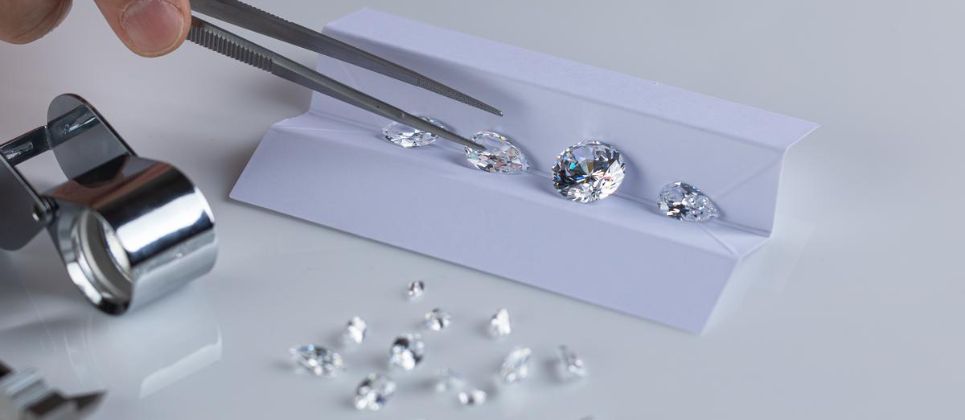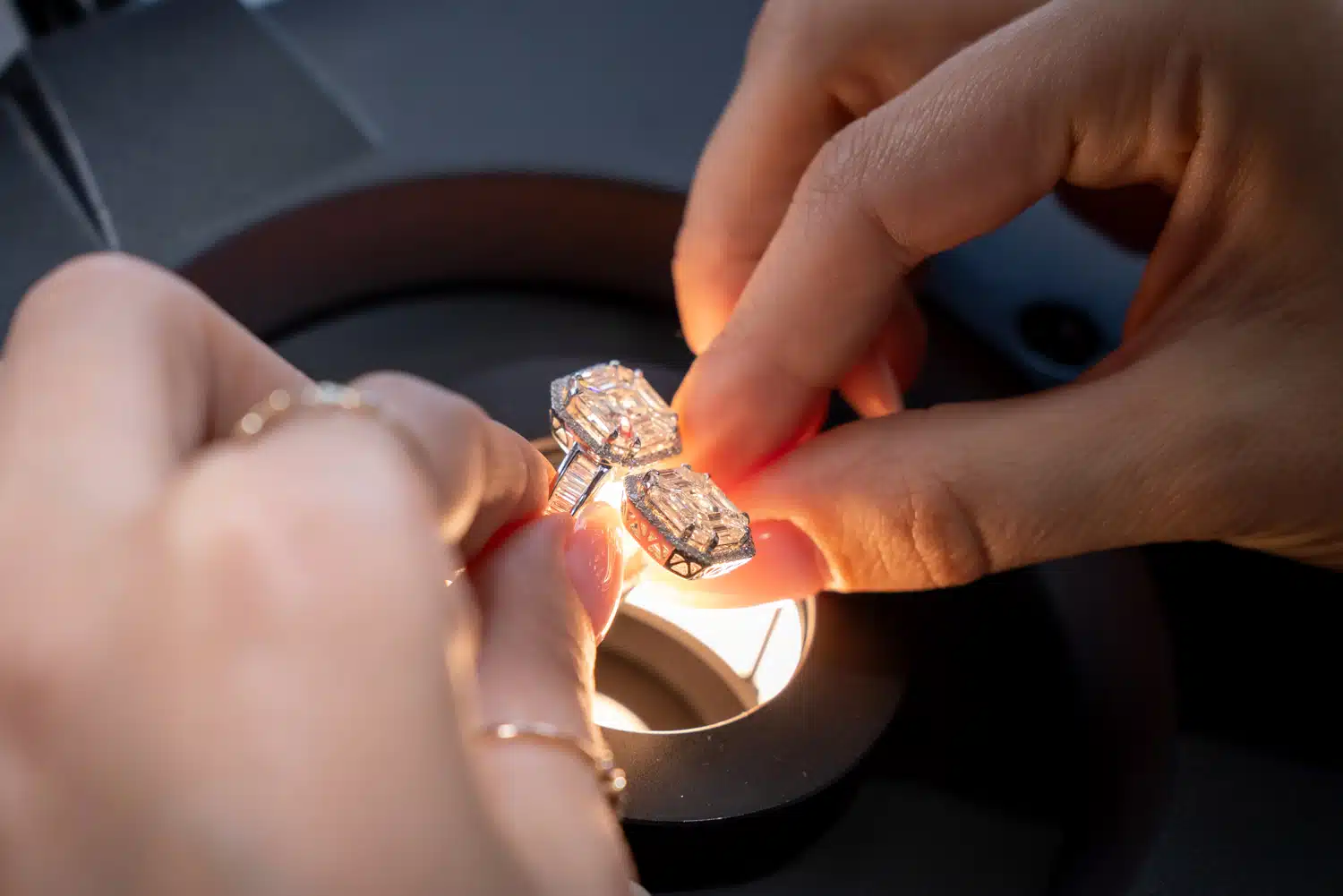Introduction
Investing in diamonds has long been associated with luxury and prestige. However, with the advent of lab grown diamonds, the landscape of the diamond market has undergone a significant transformation. In this article, we will explore the world of lab grown diamonds as an investment opportunity, diving into their creation process, benefits, market trends, and future outlook.
Understanding Lab Grown Diamonds
What are Lab Grown Diamonds?
Lab grown diamonds, also known as synthetic or cultured diamonds, are created in controlled laboratory environments rather than mined from the earth. Despite their artificial origin, lab grown diamonds investment, these diamonds possess the same chemical and physical properties as natural diamonds, making them indistinguishable to the naked eye.
Benefits of Investing in Lab Grown Diamonds
Investing in lab grown diamonds offers several advantages over traditional diamond investments. Firstly, their ethical and environmentally-friendly production process alleviates concerns associated with diamond mining, such as human rights abuses and ecological damage. Additionally, lab grown diamonds are typically more affordable than their natural counterparts, providing investors with an accessible entry point into the diamond market.
Factors Driving the Demand
Ethical and Environmental Considerations
One of the primary drivers behind the increasing demand for lab grown diamonds is growing consumer awareness regarding ethical and environmental issues in the diamond industry. Lab grown diamonds offer a guilt-free alternative, free from the ethical dilemmas and environmental footprint associated with diamond mining.
Affordability and Accessibility
Another factor fueling the demand for lab grown diamonds is their affordability. While natural diamonds command premium prices due to their scarcity, lab grown diamonds are more cost-effective to produce, resulting in lower retail prices. This affordability makes them accessible to a broader range of consumers, driving demand across various market segments.
Rising Consumer Awareness
As consumers become more informed about the origins of the products they purchase, there is a growing preference for transparent and sustainable options. Lab grown diamonds, with their traceable supply chain and minimal environmental impact, align with these values, leading to increased demand from ethically-conscious consumers.
Investing in Lab Grown Diamonds
Market Trends and Growth Potential
The market for lab grown diamonds has experienced rapid growth in recent years, with increasing acceptance and adoption among consumers and investors alike. According to industry reports, the global market for lab grown diamonds is projected to continue expanding, driven by factors such as technological advancements, shifting consumer preferences, and growing investment interest.
Risk Factors to Consider
While lab grown diamonds offer promising investment opportunities, it’s essential for investors to be aware of potential risks. Market volatility, technological advancements, and regulatory changes can all impact the value of lab grown diamonds, making thorough research and risk management crucial for investors.
Long-term Investment Strategies
For investors looking to capitalize on the potential of lab diamonds, adopting a long-term investment strategy is advisable. By diversifying their diamond portfolio, staying informed about market trends, and maintaining a balanced approach to risk, investors can position themselves for sustainable returns over time.
Comparison with Natural Diamonds
Price Differential
One of the key differences between lab grown and natural diamonds is their price. While natural diamonds command higher prices due to their rarity, lab grown diamonds are generally more affordable, offering investors a cost-effective alternative with comparable quality.
Quality and Aesthetic Appeal
In terms of quality and aesthetic appeal, lab grown diamonds are virtually identical to natural diamonds. Both varieties exhibit the same brilliance, fire, and durability, making them equally suitable for use in jewelry and other applications.
Future Outlook
Industry Projections
Looking ahead, the future of lab grown diamonds appears promising, with continued growth expected across various market segments. Technological advancements, shifting consumer preferences, and sustainable practices are likely to drive further innovation and expansion within the industry.
Potential Challenges and Innovations
However, challenges such as market saturation, competition from natural diamonds, and regulatory issues may pose obstacles to the industry’s growth. To address these challenges, stakeholders are exploring innovations in diamond production, marketing strategies, and sustainability initiatives to maintain momentum and ensure long-term viability.
Conclusion
In conclusion, investing in lab grown diamonds presents a compelling opportunity for investors seeking ethical, sustainable, and potentially lucrative assets. With their ethical production process, affordability, and comparable quality to natural diamonds, lab grown diamonds are poised to play a significant role in the future of the diamond market. By understanding the factors driving demand, assessing risk factors, and staying informed about market trends, investors can make informed decisions to capitalize on this emerging investment opportunity.











